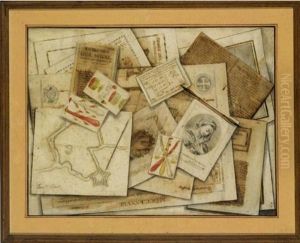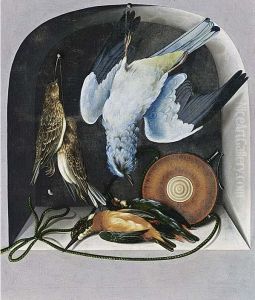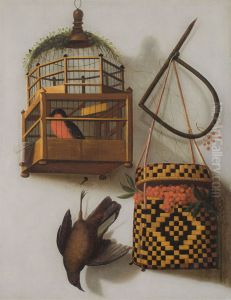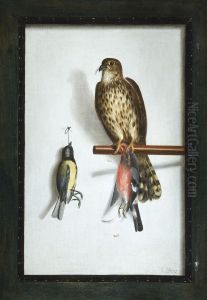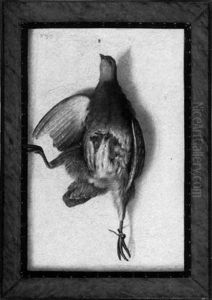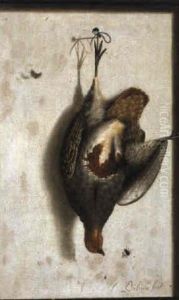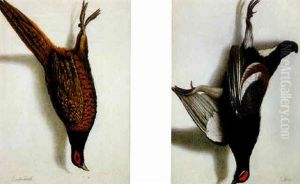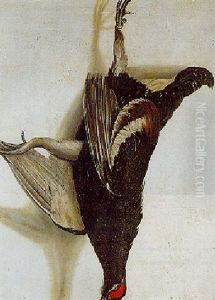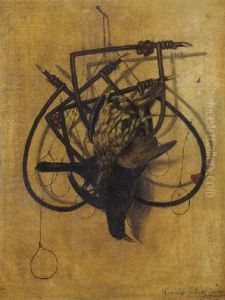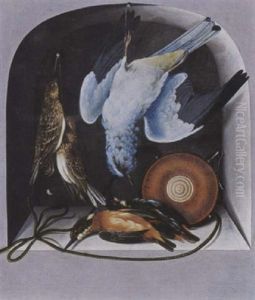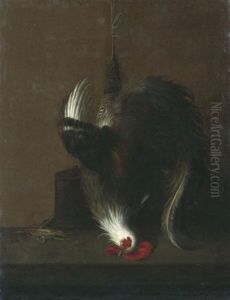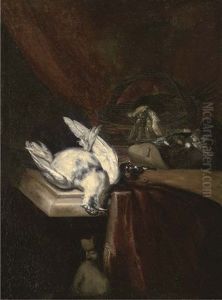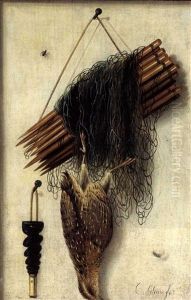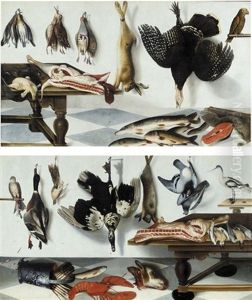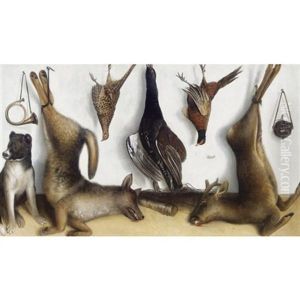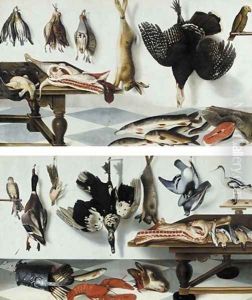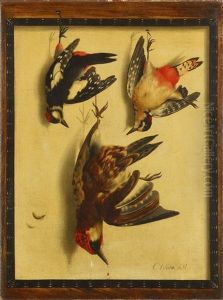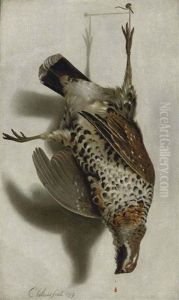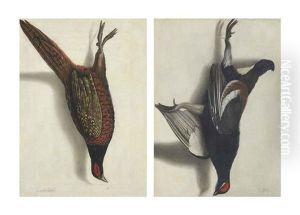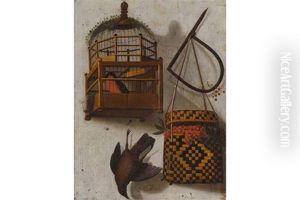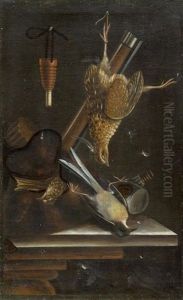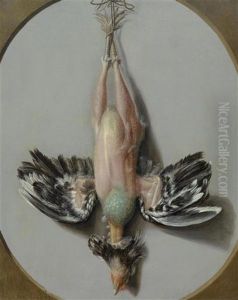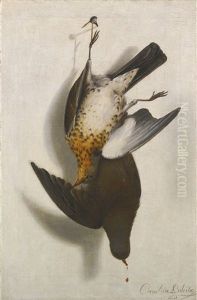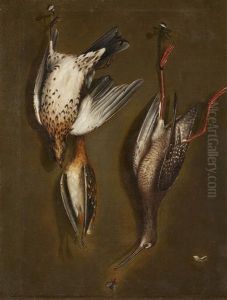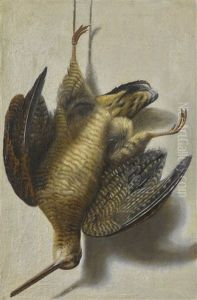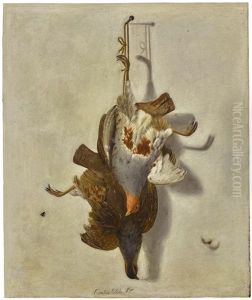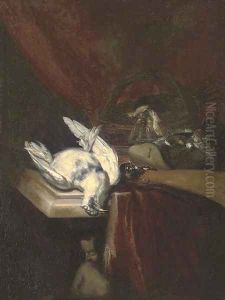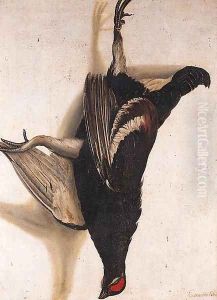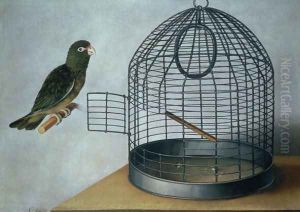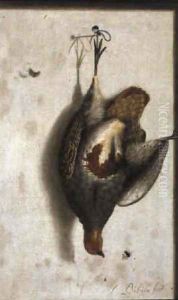Cornelis Biltius Paintings
Cornelis Biltius, born in 1653, was a Dutch Golden Age painter known for his skillful still lifes, particularly his detailed depictions of game and kitchen pieces. His work is characterized by a meticulous attention to detail and a rich use of color, which has positioned him as a noteworthy figure in the tradition of still life painting in the Netherlands during the 17th century. Despite the relatively brief span of his career, Biltius managed to leave a mark through his contributions to the genre, demonstrating exceptional talent in portraying the textures and surfaces of his subjects.
Biltius likely received his artistic training in The Hague, where he was born, though specific details about his education and early influences remain scarce. The period was known for its flourishing art scene, with still life painting being a particularly popular genre among collectors and the bourgeoisie. Biltius specialized in 'jachtstillevens' or hunting still lifes, a subgenre that depicted game, such as birds and hares, often alongside hunting equipment. His compositions are noted for their realism and the way in which light plays on the surfaces of feathers, fur, and metal, bringing a lively presence to his subjects.
Throughout his career, Cornelis Biltius interacted with various artists and patrons, contributing to the dynamic cultural exchange that characterized the Dutch Golden Age. Despite his talent and the quality of his work, details about his life, including his clients and the precise extent of his oeuvre, remain relatively unknown. His death in 1685 cut short a promising career, yet his existing works continue to be appreciated for their technical skill and aesthetic beauty. Today, Biltius's paintings can be found in collections and museums around the world, serving as a testament to his artistic legacy and the enduring appeal of Dutch still life painting.
